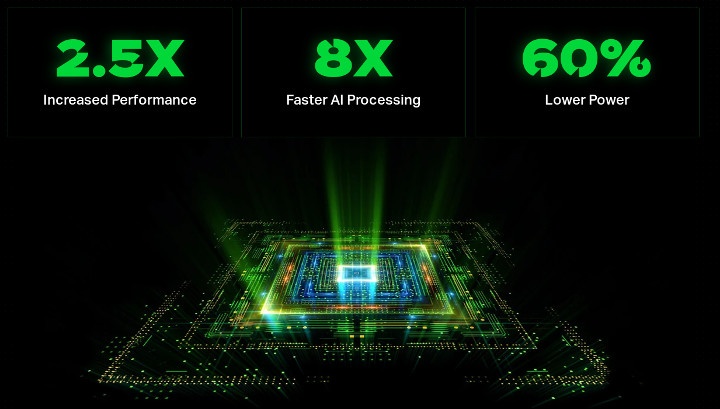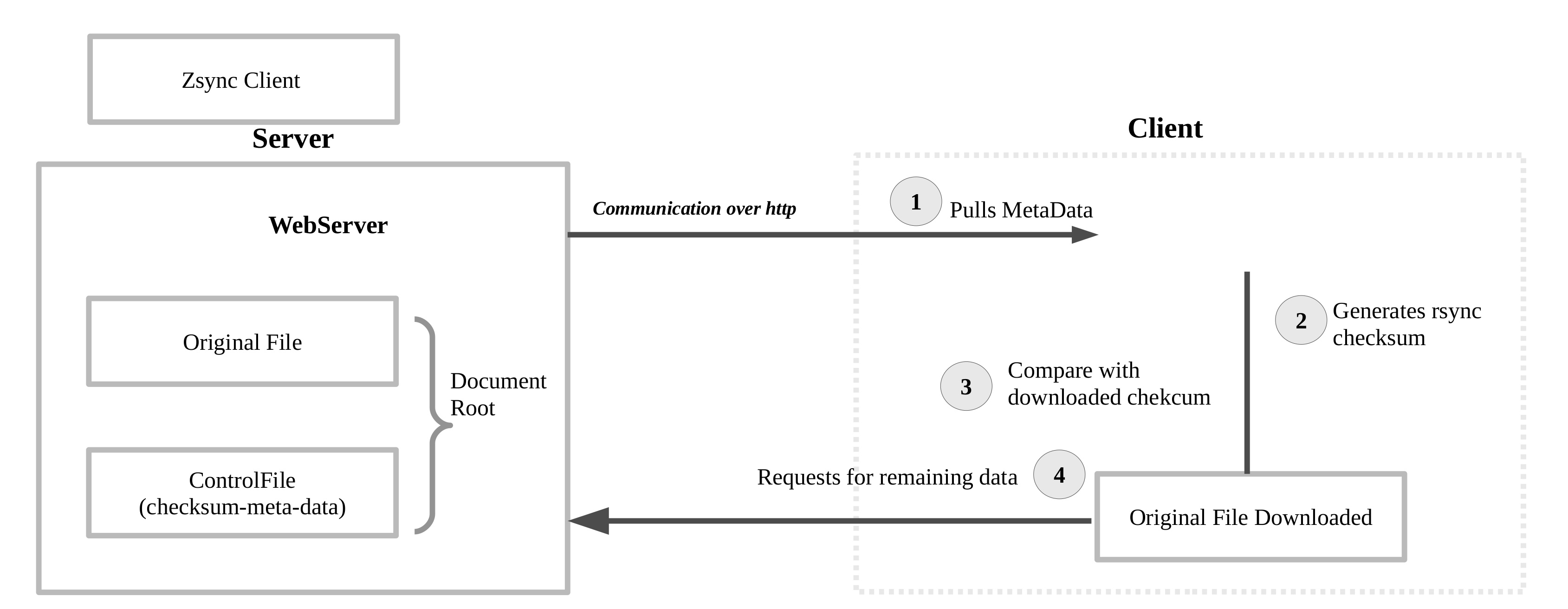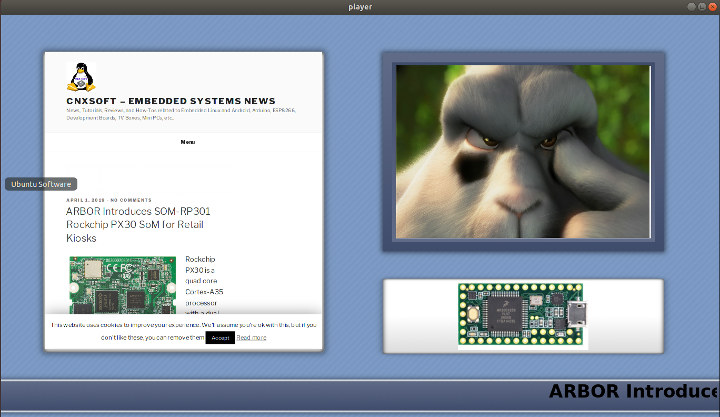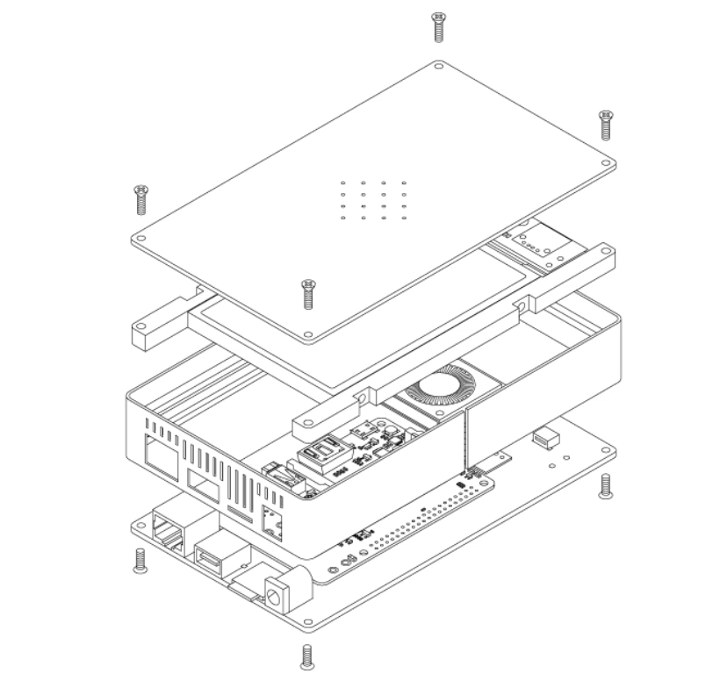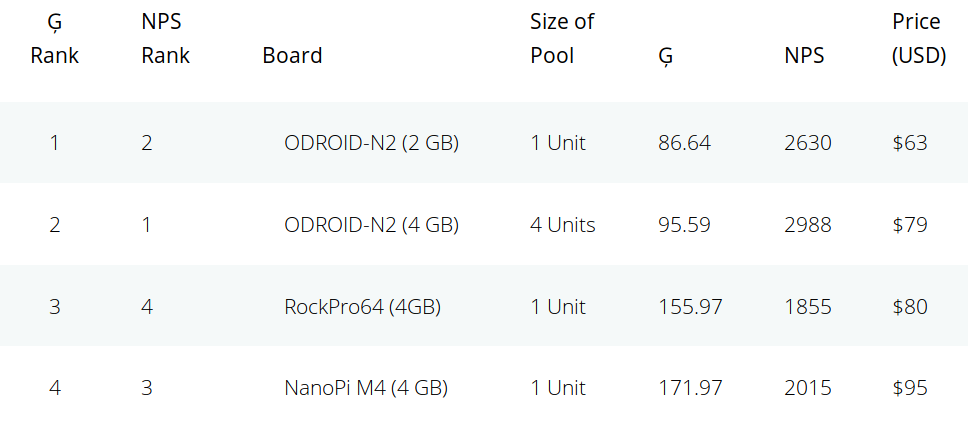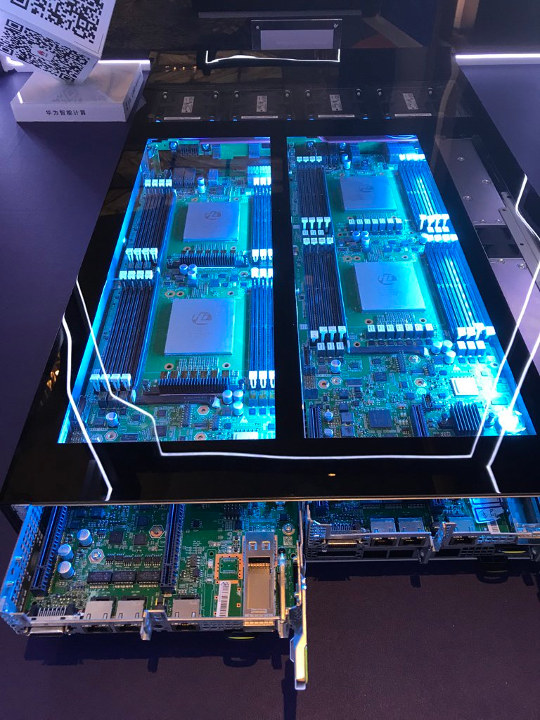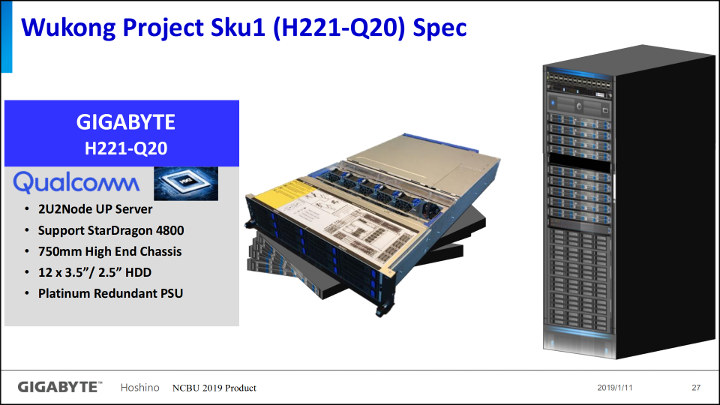Imagination Technologies has just launched IMG A-Series GPU which they claim is “The GPU of Everything” and “The fastest GPU IP ever”. IMG A-Series can be customized and scaled for various applications & markets from automotive, AIoT, set-top box, mobile, and server. Compared to the company’s earlier PowerVR 9Series GPU, IMG A-Series GPU delivers 2.5 times more performance, eight times faster AI processor, and 60% less power while running complex content with the same process node, area, and under similar conditions. IMG A-Series GPU supports the latest API standards including OpenGL ES, Vulkan, OpenCL, and Imagination provides a Unified AI API for use in combination with PowerVR neural network accelerators. It also offers 5x performance density compared to the best current shipping PowerVR devices and supports PVRIC4 lossless or virtually-lossless compression guaranteeing a 50% bandwidth and footprint reduction. The new GPU also leverages HyperLane Technology with up to eight individual, […]
Zsync HTTP-based File Transfer Utility Transfers Large Files Efficiently
Zsync is an opensource file transfer utility built on top of rsync algorithm. This helps to download partial/differential files over the HTTP protocol. The utility allows downloading only new parts of a file from a centralized location, where the older version of the file is already within your computer. While rsync is for syncing data from one computer to another, zsync allows file distribution, where the file hosted in a server using any web server can be distributed to many and downloaded seamlessly. How it works The command-line utility will do all the differential calculations in the client, instead of doing it in the server as in rsync. Server metadata will be created only once and stored as part of the control file. And rest of the operations and decision making will be handled by the client-side application. This will reduce the huge processing needed on the server-side, even when […]
Xibo Player for Linux Released (Open Source Digital Signage Player)
Xibo is an open source digital signage software comprised of a CMS and a player/client. Xibo CMS has always worked on both Windows and Linux, but in recent years, Xibo Client only worked on Windows, Android, and WebOS with the latter two being paid apps. Many years ago there was a Python-based Xibo player working in Linux but it was abandoned. However, recently the company restarted the development of a Linux player, and I even tried Xibo Player and CMS on MINIX NEO Z83-4U mini PC, but at the time the player was at the alpha stage and not very stable at least with the layout I experimented with. Around two months have passed, and the developers must have worked out the quirks, as Xibo Player for Linux has now been released, and just like the Windows player it’s entirely free to use, and open source (C++ code) under the […]
NODE Mini Server V2 is a Raspberry Pi Based Storage Server for the Decentralized Web
We’ve previously covered networked hard drive enclosures with Ethernet and/or WiFi running OpenWrt or Ubuntu that allows you to easily and fairly cheaply connect SATA drives to your local network with models such as Blueendless X3. NODE has done something similar with a DIY project featuring a Raspberry Pi 3 Model B+. NODE Mini Server V2 connects the popular SBC to a 2.5″ SATA hard drive over USB and is designed to build out the physical infrastructure for the decentralized web (e.g. IPFS) that would allow users to replace remote servers with nodes that they themselves own and operate. Having said that nothing would prevent you from using this as a simple NAS although performance will not be as optimal as the aforementioned products due to the lack of SATA or USB 3.0 interface, as well as having “Gigabit” Ethernet limited to 300 Mbps. Having said that the design could […]
Giggle Score Says ODROID-N2 Best Value, Raspberry Pi Zero Worst Value
[Update May 7, 2019: Giggle Score has been updated to use 7-zip to benchmark the boards instead of sysbench, and the “best value” rankings are now quite different] People like to compare single board computers, and usually want to have a simple answer as to which is better than the others. But in practice it’s impossible, because the beauty of SBCs is that they are so versatile and can be used in a wide variety of project, and that means in some cases the “best board” may be completely useless to you since it lacks a critical feature and interface for YOUR project be it H.265 video encoding or a MIPI DSI display interface. Still, it’s still always fun to look at benchmark scores and trying to compare SBCs, and for projects that mostly require CPU processing power it may also be useful. Robbie Ferguson has been developing and maintaining […]
Huawei Launches 2U 4-node Taishan X6000 V2 Server with Kunpeng 920 Arm Processor
Back in January, Huawei announced Kunpeng 920 64-core Armv8 server processor as well as three Tianshan servers based on the SoC. But a recent tweet from James Lin, Vice director, Center of HPC, Shanghai Jiao Tong University, claims Huawei launched a 2U 4-node “Taishan” server with Kunpeng 920 (Hi1620) Arm chip a few days ago. That probably means Huawei is now ready to take orders for their new Arm servers. The server pictured above appears to be Taishan X6000 V2 with the following specifications: Form Factor – 2U, 4Node high-density server Server Nodes – Up to 4 XR320 servers with X6000 universal chassis or 4 XA320 V2 servers with X6000 super chassis Power Supply Units 2x 1,500W enhanced hot-swappable AC PSUs for XR320 server nodes 2x 3,000W hot-swappable AC PSUs for XA320 V2 server nodes supporting 1+1 redundancy Power Supply – 100V to 240V AC; 24V DC Fan Modules – […]
Qualcomm Centriq ArmServer SoCs Are Truly Dead with the Closure of HuaXinTong
We already knew Qualcomm had given up on their Centriq processor since mid June 2018, but earlier this year, it seemed the solution had found a new life with HuaXinTong StarDragon 4800 Server SoC born out of a joint venture between Qualcomm and Guizhou provincial government. The processor was allegedly a customized version of the original Centriq 2460 48-core Arm SoC. But recent reports point out that 10 employees from HuaXinTong Semiconductor (aka HXT) have claimed the joint venture is closing down with executives at the company said the venture would shut down by April 30 in an internal meeting. HXT representatives declined to comment on the rumor. The Arm server market is really brutal. Qualcomm and Guizhou government had invested a combined $570 million in HXT as of August 2018 according to company’s fillings. Broadcom and AMD gave up one Arm server chips a little while ago. AFAIK, this […]
Huaxintong StarDragon 4800 Server SoC is Based on Qualcomm Centriq 2400 Processor
Qualcomm started shipping samples of their Arm based Centriq 2400 server processors in 2016, before launching mass production the next year with three parts including Qualcomm Centriq 2460 48-core processor. Development seemed to go along nicely until Qualcomm allegedly decided to exit the server market in the middle of last year. The story got confusing when GIGABYTE still decided to launch their H221-Q20 server powered by Qualcomm Centriq 2400 processor last November, which would not make sense if Qualcomm is really existing the server market, and parts would not become unavailable after a short. But today, as I read the slides of GIGABYTE presentation at the HPC Asia workshop that took place on January 14-16, I realized Centriq 2460 is still alive but just changed owners… So the GIGABYTE H221-Q20 server is compatible with StarDragon 4800… What is that? StarDragon sounds familiar, a bit like Qualcomm Snapdragon. It turns out […]

